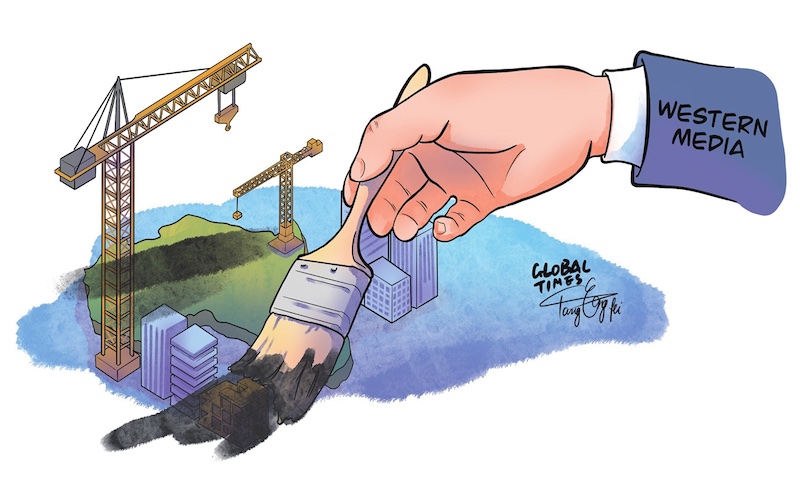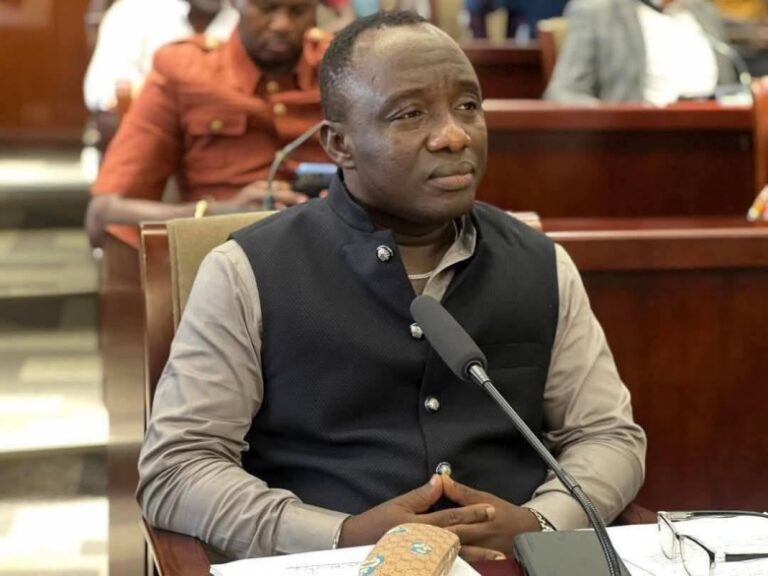
|
Introduction Debt Diplomacy in Liberia: A Critical Examination Debt diplomacy refers to the strategic use of loans and financial leverage by a country—often a major economic power—to gain political or economic influence over a borrowing nation. This concept has drawn global attention, particularly in the context of China’s Belt and Road Initiative (BRI). While debt diplomacy has impacted many countries in Africa, Liberia offers a unique case study due to its post-conflict recovery, natural resource wealth, and reliance on external aid and investment. This essay critically examines the manifestation of debt diplomacy in Liberia, with a focus on Chinese engagement, U.S. and multilateral lending, and the implications for Liberia’s sovereignty and economic stability. |
|
Historical Context of Liberia’s Debt Dependency Liberia’s debt burden has historical roots in its post-war reconstruction period following the Second Liberian Civil War (1999–2003). In the aftermath, Liberia faced over $4.9 billion in external debt, which severely constrained development and fiscal policy (World Bank, 2010). Through the Heavily Indebted Poor Countries (HIPC) initiative, Liberia secured debt relief in 2010, significantly reducing its obligations. However, the country quickly resumed external borrowing to finance infrastructure and social service projects, re-entering a cycle of debt dependence. Chinese Loans and Infrastructure Diplomacy China has emerged as a key lender and investor in Liberia, particularly through concessional loans and infrastructure development. A notable example is the Ministerial Complex in Congo Town, Monrovia, constructed by Chinese state-owned enterprises and funded by Chinese grants and loans. Another example is the Monrovia Vocational Training Center, part of broader Chinese engagement in skill-building and infrastructure. China’s largest economic commitment to Liberia was the 2009 $2.6 billion resource-for- infrastructure deal signed between China Union and the Liberian government, involving the Bong Mines iron ore project. Although the deal promised roads, schools, and hospitals in |
|
exchange for mining rights, its execution fell short due to global iron ore price volatility and project delays (Global Witness, 2015). Critics argue that these engagements illustrate debt diplomacy: China offers large-scale loans for infrastructure, securing favorable access to resources and strategic influence, often without the governance or environmental standards required by Western donors (Brautigam, 2020). However, others argue that Chinese lending in Liberia has been primarily grant-based or concessional, lacking the coercive debt traps seen in countries like Sri Lanka or Zambia. U.S. Lending and Assistance to Liberia The United States has historically been one of Liberia’s closest allies and major donors, providing substantial aid and concessional financing rather than market-based loans. U.S. lending to Liberia primarily occurs through agencies such as the U.S. Agency for International Development (USAID), the Millennium Challenge Corporation (MCC), and the U.S. Export- |
|
Import Bank. Though U.S. financial involvement is often structured as development assistance, it can still exert significant influence over Liberia’s economic and political decisions. In recent years, the U.S. International Development Finance Corporation (DFC) has also shown |
|
interest in Liberia, offering loans and loan guarantees to stimulate private-sector development. While these loans are designed to promote mutual benefit, critics argue that they can align Liberia’s economic trajectory with U.S. foreign policy priorities—particularly in countering China’s influence in West Africa (Kuo, 2022). Unlike China, U.S. lending and financial involvement are typically more transparent and subject to congressional oversight. However, the strategic intent behind such programs still reflects geopolitical considerations, especially in regions where the U.S. seeks to maintain influence over governance and trade standards. Multilateral Debt and Budget Support Besides China and the U.S., Liberia is indebted to multilateral institutions like the IMF and World Bank. In 2020, Liberia entered a four-year Extended Credit Facility (ECF) program with the IMF worth $213 million, aimed at restoring macroeconomic stability. While these funds provided critical budget support, they came with stringent conditions, including currency devaluation, tax reforms, and reduction in public sector wage bills (IMF, 2020). Although not typically framed as debt diplomacy, critics argue that multilateral conditionalities also exert influence over domestic policy, potentially undermining national sovereignty. These structural adjustment-like conditions have social costs, including cuts in public services and reduced living standards, which can fuel political instability. |
|
Consequences and Sovereignty Concerns Liberia’s rising debt-to-GDP ratio—projected at over 55% by 2024—raises concerns about sustainability and dependency (Ministry of Finance and Development Planning, 2023). Excessive reliance on external loans, especially those tied to strategic concessions, can limit policy autonomy. For instance, natural resource deals may bind future governments to terms that favor foreign interests over domestic development. Moreover, poorly structured debt arrangements—such as those lacking transparency or effective oversight—can lead to corruption and misuse, a persistent challenge in Liberia. The opaque terms of some Chinese and concessionary agreements have triggered public outcry and scrutiny by civil society organizations. Conclusion |
Debt diplomacy in Liberia manifests through bilateral and multilateral channels. While China’s infrastructure-for-resources approach garners the most attention, U.S. concessional financing and policy-conditioned aid also shape Liberia’s economic landscape. Both forms of influence have implications for Liberia’s sovereignty and governance. To navigate these competing influences, Liberia must strengthen debt transparency, negotiate better terms, and invest in building domestic capacity to reduce long-term dependency.













